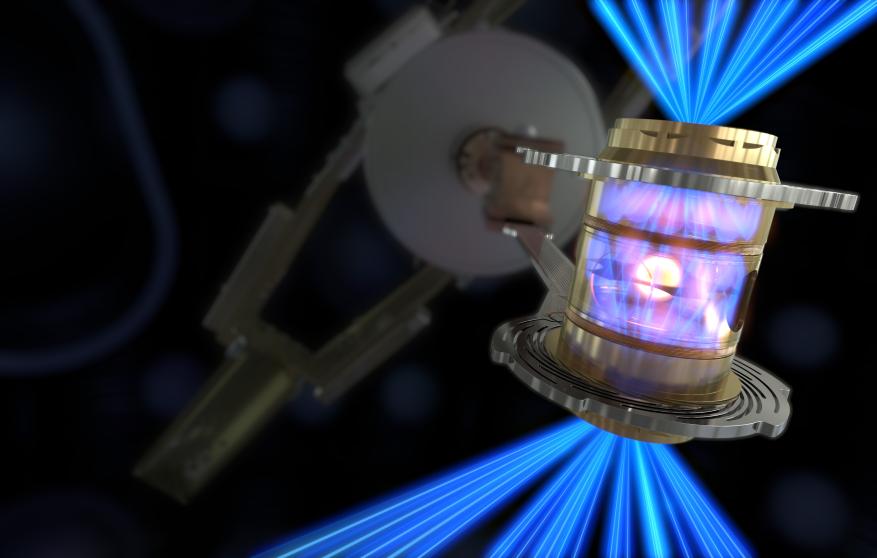American researchers have made a significant advance in fusion energy that one day could lead to an unlimited supply of renewable energy.
The announcement came on December 5 when it was revealed that a team of researchers at the California-based Lawrence Livermore National Laboratory (LLNL) had achieved what is known as scientific energy breakeven. This basically means that the fusion energy created during the experiment outweighed that of the laser one used to power it.
About a century ago, researchers discovered that our Sun is powered by fusion and ever since then they have been working to establish fusion on Earth.
This achievement has raised expectations that fusion could develop into a powerful source of renewable energy and inspire further technological and scientific advances.
How was the fusion experiment carried out?
With the help of a series of incredibly powerful laser beams, the National Ignition Facility (NIF) managed to successfully produce the same temperatures and pressures that can be found in the centers of stars.
To create conditions much hotter than our Sun’s center, the NIF applied 192 lasers that all focused on a thimble-sized hydrogen-filled cylinder, thus producing a very brief fusion reaction.

Source: Lawrence Livermore National Laboratory
Although this had occurred many times before, this time the researchers were successful in making the fusion fuel remain hot and dense enough for a long enough period of time for it to ignite which led to the scientific energy breakeven.
“This is pretty cool!” say the researchers describing the experiment
Marv Adams, of National Nuclear Security Administration, described the result of the experiment as “pretty cool”, arguing that the time needed for the reaction to take place was quicker than the time it takes light to travel one inch or, “pretty fast”, as the researcher pointed out.
The electricity sector has cautiously praised the move although it has also pointed out that such a discovery should not serve as a reason to slow down the development of other energy-alternative technologies including wind and solar power.
Fission vs. Fusion
Today’s nuclear power plants make use of another type of nuclear reaction, “fission”, which just like fusion is a physical process that produces power from atoms. But how do the two differ?
- Fission involves breaking down large atoms into smaller ones with a powerful energetic output that is converted into electricity production
- Fusion is the reaction that joins two light nuclei to create one heavier nucleus while releasing a substantial amount of power. This does not generate greenhouse gases, there is little waste left behind and, probably most importantly, there is zero chance of a nuclear accident.
What does the future hold for fusion reaction?
It is worth mentioning that the ignition that the researchers managed to achieve was just a single event. To generate constant energy, the ignition would have to be repeated regularly, numerous times per minute but to reach that point requires further funding and study. Scientists will therefore still need several more decades of funding and research to allow fusion energy to become commercially available.
According to the experts, the final goal of the research in the field of fusion energy is to combat climate change and reach maximal energy security.
In the short run, this finding is likely to prompt more precise plans and financing from the government and private sector for inertial confinement fusion research. For instance, to expand upon LLNL’s achievement, the U.S. has allocated more than US$624 million for inertial fusion research.

